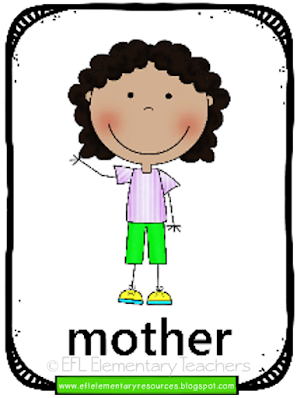This resource ( printable emotions vocabulary game ELL )can be found here: https://www.teacherspayteachers.com/Product/Emotions-Unit-for-Elementary-EFL-2023631
Games give students repeated exposure to the target vocabulary (happy, sad, angry, etc.) in a way that feels natural and engaging instead of repetitive drills. Many games require students to talk, listen, and respond. This encourages oral language development and gives them confidence in using English naturally.
ESL emotions board game activity. Since the board game path has only emotion words, students need to match to emotion cards to stay in their spot. Students roll the die and move along the path. If they land on “angry,” they must find the matching angry picture card. If correct, they stay; if not, they move back one space.
This
Emotions Vocabulary Domino Game is designed to build vocabulary, practice reading,
and make connections between words and pictures. Students match emotion words
like happy, sad, angry, scared, worried, shocked, and excited with their
corresponding *emotion picture cards.
Playing
the Guess Who? Emotions Classroom Game/ Yes/No Questions.
To
play the Guess Who game, teachers should prepare a display for each student. A
simple way is to cut the front panel from a cereal box and use the side flaps
to staple or tape it so it stands upright. Then, glue the printable part on the front of the display. Each student will
have their own standing display to use during the game.
One student
chooses a card with an emotion. The other students take turns asking yes/no
questions:
“Is she happy?” → “No.”
“Is he angry?” → “Yes!”
Build
the Emotion Words with printable letter tiles. Give
students a pile of mixed letter tiles. Call out or show a picture of an emotion
(e.g., happy) using the wheel. Students race to build the word with
their tiles.
Guess the Missing Letter. Teacher shows an emotion word with missing letters (e.g., s___oc___e____). Students use tiles to fill in the blanks and find the small card to match.






























































